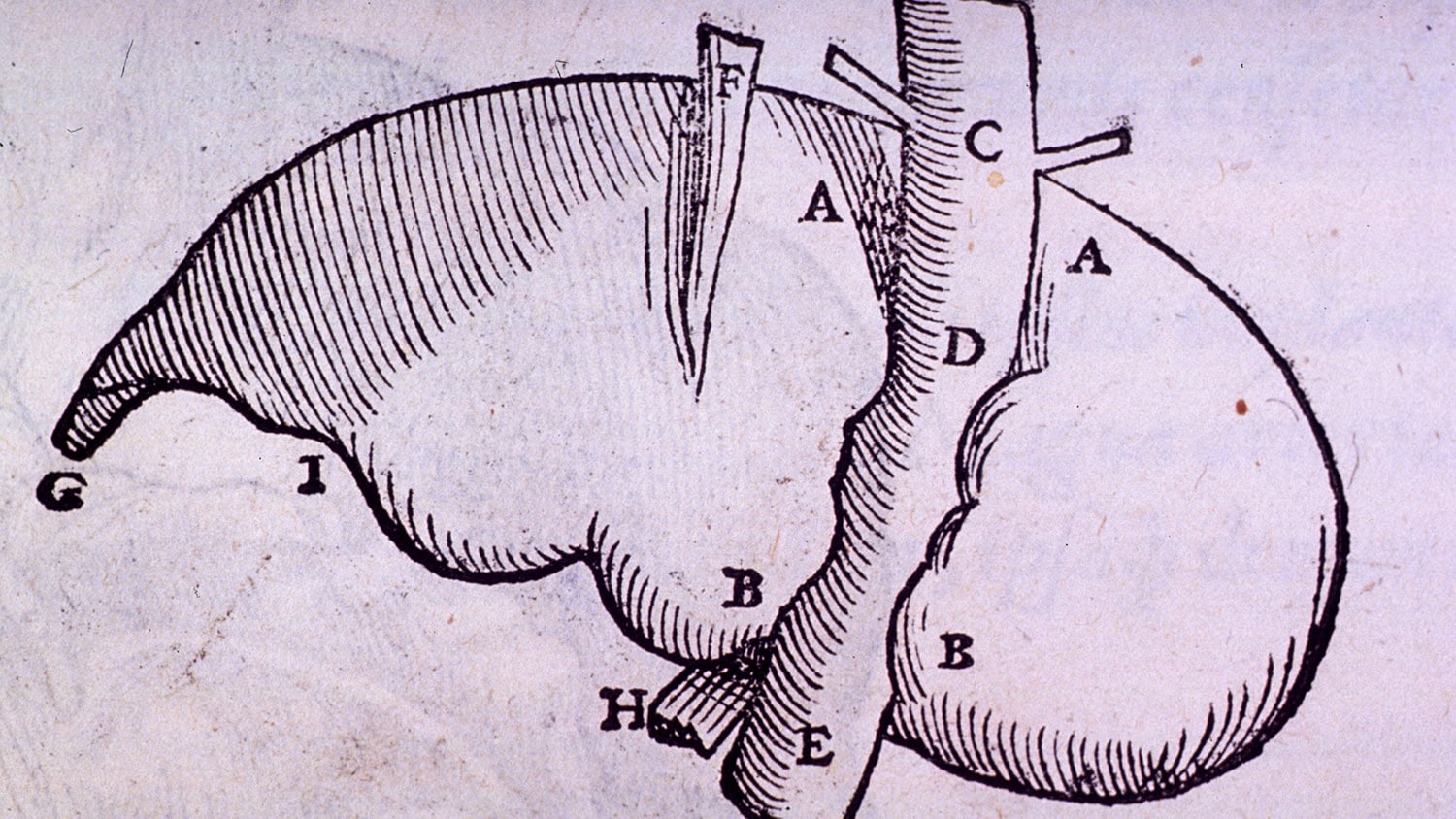In Mice, Mothers with Metabolic Syndrome Can ‘Turn On’ Offspring’s Liver Disease

For Immediate Release
New research from North Carolina State University has found that an imprinted gene associated with development of non-alcoholic fatty liver disease (NAFLD) is switched on in mice who nurse from mothers with metabolic syndrome, even when those mice are not biologically related. The finding supports the hypothesis that imprinted genes play important roles in this metabolic disease, and could lead to the development of preventative treatments.
NAFLD is a condition where excess fat builds up in liver tissue for reasons unrelated to alcohol consumption. If untreated, the excess fat can lead to inflammation, scarring and increased risk of liver cancer. The incidence of NAFLD is increasing among children and adolescents, with 10% of children in the U.S. currently affected. This number is expected to increase within the next decade.
“We know that development of NAFLD is partly to do with diet and lack of exercise, but there is an environmental component that primes an infant’s liver to develop it as well; specifically, the metabolic state of the mother,” says Michael Cowley, associate professor of biology at NC State and corresponding author of the work.
Metabolic syndrome, or MetS, is a catchall term for a number of health issues including high blood sugar, obesity and elevated blood pressure. Previous studies had shown a link between MetS in mothers and increased NAFLD susceptibility in infants.
“We wanted to look specifically at mothers with MetS to see whether infants are affected pre- or post-natally, and tease out what is happening on the molecular level to trigger the disease,” Cowley says.
In a mouse model of MetS, Cowley and his colleagues compared offspring of mice with MetS to those from control mice, or mice without MetS. They studied four groups: offspring of control mice nursed by control mice, offspring of MetS mice nursed by MetS mice, and cross-fostered offspring from both groups. Cross-fostered means that the offspring of one group were nursed by mothers from the other group. They compared offspring at birth and at three weeks after birth, just before weaning.
They found that mice born to MetS mothers and nursed by control mice did not develop NAFLD, whereas most mice from both control and MetS groups nursed by MetS mothers did.
Using RNA sequencing, the researchers found that the imprinted gene network (IGN), including its regulator, an imprinted gene called Zac1, was upregulated, or more active, in mice nursed by the MetS mothers.
Imprinted genes are a small set of genes which are expressed from a single parental allele. Most genes consist of two copies (one inherited from each parent) which activate and influence inherited traits. Imprinted genes are expressed by a single active copy, and have been shown to be susceptible to changes in environmental factors.
“Zac1 is acting as the master switch here,” Cowley says. “It was activated in pups that nursed from MetS mothers, and this has downstream effects in the IGN that lead to an increased susceptibility to NAFLD.
“Researchers have proposed that imprinted genes play a role in this process – we’re showing here that they do,” Cowley continues. “The work also confirms the post-natal environment is more important to the development of the disease than pre-natal exposure. Our next steps will involve looking at what happens once potential environmental stressors such as the mother’s milk are removed. Can Zac1 be switched off again?”
The research appears in Hepatology and was supported by the National Institutes of Health (grant numbers K22ES027510, R01ES031596, P30ES025128 and P30DK034987) and by Oak Ridge Associated Universities through a Ralph E. Powe Junior Faculty Enhancement Award. Marine Baptissart, former postdoctoral researcher at NC State, is first author.
-peake-
Note to editors: An abstract follows.
“Zac1 and the Imprinted Gene Network program juvenile NAFLD in response to maternal metabolic syndrome”
DOI: 10.1002/hep.32363
Authors: Marine Baptissart, Christine M. Bradish, Brie S. Jones, Evan Walsh, Jesse Tehrani, Vicmarie Marrero-Colon, Sanya Mehta, Dereje D. Jima, Michael Cowley, North Carolina State University; Seh Hoon Oh, Anna Mae Diehl, Duke University; Tiffany Fougeray, Hervé Guillou, UMR 1331, Institut National de la Recherche Agronomique (INRA), Toxalim (Research Centre in Food Toxicology), Toulouse, France
Published: Online Jan. 26, 2022 in Hepatology.
Abstract:
Within the next decade, non-alcoholic fatty liver disease (NAFLD) is predicted to become the most prevalent cause of childhood liver failure in developed countries. Predisposition to juvenile NAFLD can be programmed during early life in response to maternal metabolic syndrome (MetS), but the underlying mechanisms are poorly understood. We hypothesized that imprinted genes, defined by expression from a single parental allele, play a key role in maternal MetS-induced NAFLD, due to their susceptibility to environmental stressors and their functions in liver homeostasis. We aimed to test this hypothesis and determine the critical periods of susceptibility to maternal MetS. We established a mouse model to compare the effects of MetS during prenatal and postnatal development on NAFLD. Postnatal but not prenatal MetS exposure is associated with histological, biochemical and molecular signatures of hepatic steatosis and fibrosis in juvenile mice. Using RNA-seq, we show that the Imprinted Gene Network (IGN), including its regulator Zac1, is up-regulated and over-represented among differentially expressed genes, consistent with a role in maternal MetS-induced NAFLD. In support of this, activation of the IGN in cultured hepatoma cells by over-expressing Zac1 is sufficient to induce signatures of profibrogenic transformation. Using chromatin immunoprecipitation, we demonstrate that Zac1 binds the TGF-β1 and COL6A2 promoters, forming a direct pathway between imprinted genes and well-characterized pathophysiological mechanisms of NAFLD. Finally, we show that hepatocyte-specific over-expression of Zac1 is sufficient to drive fibrosis in vivo. Our findings identify a novel pathway linking maternal MetS exposure during postnatal development to the programming of juvenile NAFLD, and provide support for the hypothesis that imprinted genes play a central role in metabolic disease programming.


